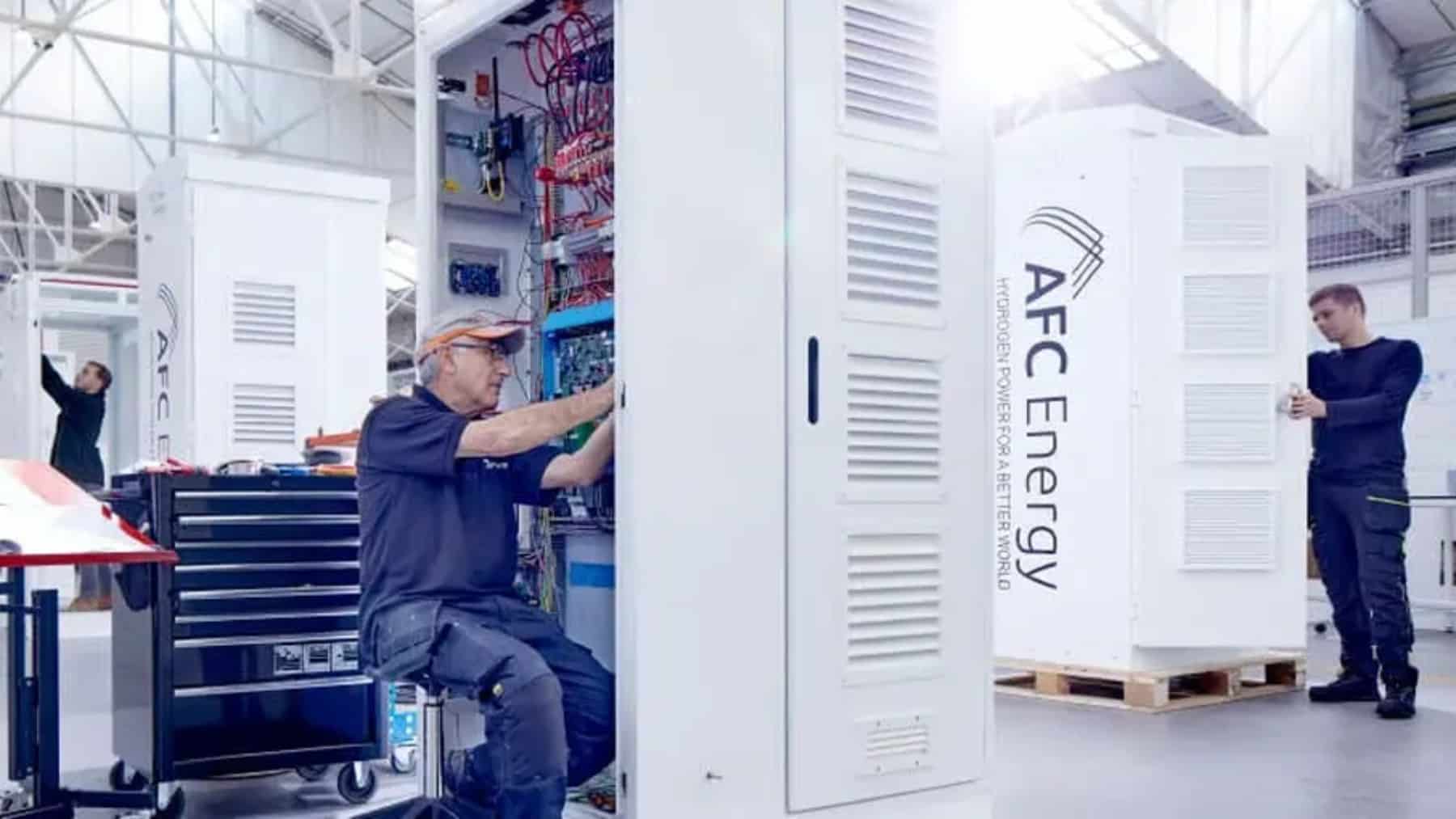The quest for clean energy has never been just about saving the planet—it’s about viability. It’s about powering machines, cities, vehicles, and industries without relying on coal, diesel, or expensive infrastructure. For a long time, the “hero” of the energy transition was the sun, with solar panels, with their promise of autonomy and sustainability, taking center stage. But… are they still the best answer? The truth is, the world has changed, the challenges have become more complex — and the rush, greater. And amidst all this, a quiet technology, literally packaged in a shipping container, has emerged as a candidate to replace the solar throne.
Solar energy seemed to be the solution to everything… until now
Since the beginning of the 21st century, we’ve been pursuing an almost utopian promise: generating clean energy anywhere, efficiently, and without destroying the planet. And for a long time, solar energy seemed like the perfect candidate for this. After all, it’s everywhere, it’s silent, and it’s free, right?
Well, sort of. That’s because, even with its advances, the solar model still relies on large areas, heavy infrastructure, expensive batteries, and long periods of sunlight to be viable. And even then, it remains intermittent, meaning it’s not always there when we need it most. The question remains: is there a viable alternative?
The unexpected protagonist of the future: ammonia
Recently, the story has changed. That’s because most people didn’t even consider ammonia when we thought about energy. After all, we only remembered its strong smell (and perhaps its clean bathroom)… we never really imagined that it could be the key to powering cars, machines, and even entire cities. But that’s exactly what a new device is proposing.
Of course, we’re not talking about pure ammonia itself, so now we present the Hy-5, the world’s first portable module capable of cracking ammonia to produce up to 500 kg of hydrogen per day, all autonomously, compactly and with a purity of over 99.9% (very different from the ammonia bomb that Japan intends to drop on Fukushima).
To make it easier to understand, imagine a container with onboard technology that, instead of relying on sun or wind, uses ammonia (already transported on a large scale worldwide) to generate hydrogen anywhere. We’re talking about clean, high-density, and cost-competitive energy: £10 per kilogram of hydrogen, without relying on the power grid or solar farms.
Why this changes the game – and still threatens the solar reign
Why is this revolutionary? Well, let’s get to the facts: to generate the same amount of energy as 500 kg of hydrogen in a day, you would need thousands of square meters of solar panels, not to mention full sunlight, high-capacity batteries, and a much larger initial investment. And even then, you would have to deal with climate fluctuations and uncertainties.
Now, the Hy-5 operates continuously, regardless of the weather, and can be installed virtually anywhere, from construction sites to logistics distribution centers or remote military bases. It also solves two major obstacles to the hydrogen economy:
- The high production cost.
- The lack of infrastructure.
What we’re saying is: the secret lies in using ammonia as an energy carrier. We must remember that it’s stable, easy to store, and already has a global logistics infrastructure, which makes this model highly scalable. And because the system is offered as a “Fuel as a Service” model, the customer pays only for the hydrogen delivered to the location, as if it were an energy subscription. It really seems like this could be the end of solar panels, especially after America announced it will produce energy for all of humanity, consisting of 1 billion cubic feet of hydrogen and 1 million tons of ammonia.














